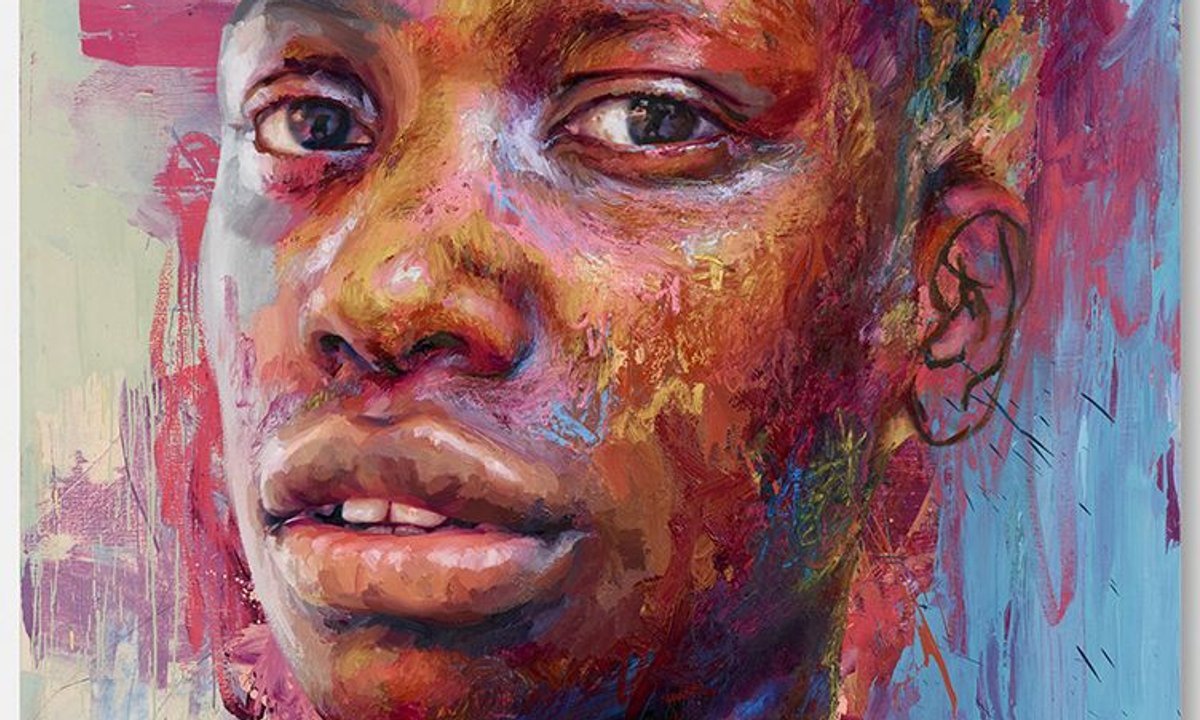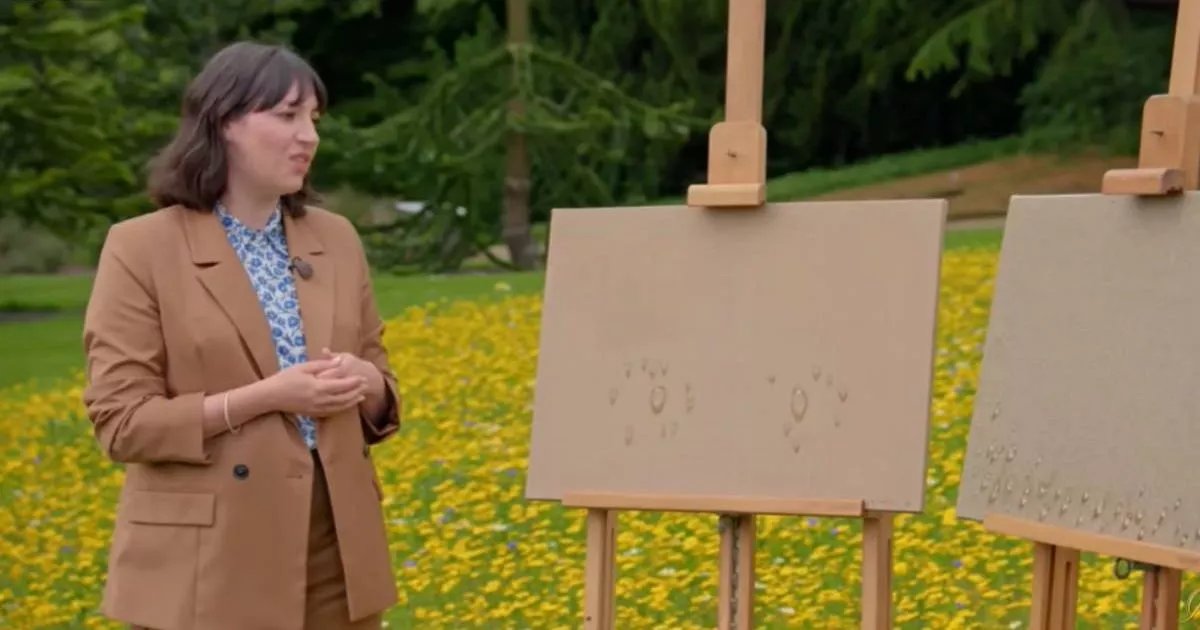Given the kind of relationship I had with Jagdish Swaminathan, it seems strange to prefix his name with the word ‘late’. Perhaps this is so because in our lives, there are a few people who always stay alive within us.
Among these, there are one or two who spontaneously come to our mind as we wonder what they would have done if they had been in a situation that we find ourselves in and the answer to this question plays a very crucial role in our actions. Or, when an idea takes form in our minds, we compare it to the ideas of such a person who is in our minds, and only then do we give our ideas space in our lives.
Traditionally, such a person who is always present is called a Guru, and because the voice of such a person continues to resonate in our minds, it is not in practice to use the word ‘late’ before the name of a Guru. He is always, invisibly present near his pupil like the air we breathe, and the pupil spends his life listening to, debating and arguing with this invisible presence while fostering his own creativity.
This is why I find it strange to refer to the ‘late’ Jagdish Swaminathan. There is, however, another reason for it.
A great artist always leaves indicators of his absence in all his works, as though each creation of his is marked with his transience, or as though he signs each work of art with the signature of his mortality. He constantly creates new worlds and sees them being destroyed in front of his own eyes. In this sense his entire life is a progression from one death to another. So, one wonders after all, how many times can we use the term ‘late’ before the name of such a great artist!
In our times, Jagdish Swaminathan is an Indian artist and thinker of this stature.
All artists who are citizens of India are known as Indian artists and rightly so. But Jagdish Swaminathan is an Indian artist in an exceptional sense too. For him, it wasn’t enough to be a citizen of India; you became one merely by being born in this part of the world. He had earned his citizenship in the Indian tradition of art through his untiring effort in creatively reflecting on the elements of the tradition and also attempting to create in that tradition.
The distinguishing feature of this citizenship lies in the fact that here, each citizen is visible in every citizen and from the point of view of art, it is this citizenship that is far more valuable than the citizenship one gets by holding a voter’s ID.
It becomes even more significant for the artists who belong to countries that have been colonised. In colonised countries, artists have to struggle at various levels to try and recover their own artistic traditions. Almost as though they have been deceived into forgetting the pulse of their own civilisation. A colonial state does not merely rule over another country, it makes traditional institutions, rites, rituals and artistic traditions alien to the citizens of the colonised country.
In order to achieve this, it does away with indigenous systems of knowledge and replaces them with new institutions equipped with new knowledge systems that alienate the native citizens further. Gradually, as the sources of traditional knowledge dry up, citizens lose the ability to understand and relate to their own arts, literature, philosophical traditions and sciences. Everything that was meaningful till a while ago and that imparted significance to their lives now begins to appear meaningless and irrelevant.
All those signs, symbols and indicators which, across centuries were associated with their basic insights, gradually lose their relevance.
Also read | Singing in Dark Times: Art and Resistance in South Asia
In our case, by the end of the 19th century, for many Indians, many of the genres of creative arts that were part of the Indian tradition and everyday Indian lives began to seem embarrassing to Indians themselves. Under the influence of Western artistic traditions and the harsh and ridiculous criticism of Indian art by many Western art critics and even by Indian artists, instead of looking for new sources of inspiration within their own tradition, artists were forced, in a way, to accept Western art as the norm.
Colonialism does not merely impact the reality of a country, it even negates the established norms that were developed by a civilisation to engage with its own and other realities. Now it becomes difficult for colonised citizens to evaluate or find value in their own traditions without reference to colonial standards and parameters.
To put it another way, caught in the snare of the colonised mindset, a colonised society becomes dependent on gauging the value of everything in terms dictated by the colonial civilisation.
This is what happened with Indian art in a sense. Unless a painting passed through the standards set up by judgement by Western aesthetics, it was not to be considered real art.
Despite this statement, I have no animus against the revolutions in Western art, wherever those artistic movements may have reached today. They have their own relevance. But it was against the backdrop of colonial knowledge and governance that Indian artists had to make connections with those movements. You can call it love enforced on the subservient mindset if you like.
It was under the influence of such a mindset and in an effort to find his own freedom with its support, that towards the end of the 19th century, Raja Ravi Varma learnt painting under the tutelage of an English teacher of art while under the patronage of the Maharaja of Travancore.
Gradually, Raja Ravi Varma’s oleographs could be found in the house of every Indian. Traditional Indian artistic styles were overshadowed by Raja Ravi Varma’s gods and goddesses which were drawn using Western linear perspective, a technique debated even in the West. The placement of our gods and goddesses in these paintings in linear perspective was like the proselytisation of those gods and goddesses.
It became difficult in those years for Madhubani paintings, miniature paintings, Thanjavur art or Tantrik drawings etc. to achieve the status of an art form. Just because these did not follow the tradition of colonial art forms. Little by little, the practice of art became inextricably linked to following the different schools and movements in Western art.
Forgive me, this issue is far more complex and convoluted than what is apparent here. But there is no time to discuss these complications and confusions in depth here. Perhaps it is enough to say that in the twentieth century, Indian artistic traditions became gradually unavailable even to Indian artists. As though they had been thrown into a deep well of obscurity.
I have referred to all this because Jagdish Swaminathan’s artistic and intellectual achievements can only be understood within this context. After working as a political activist during the painful months of India’s partition and for some time after, Swaminathan engaged more seriously with painting. Perhaps some angst embedded deep in his heart was looking to express itself through the medium of form and colour. After learning drawing under Sailoz Mukherjee in Delhi and print making in Warsaw in Poland, he immersed himself completely in the very problematic world of Indian art.
Initially he was drawn towards Tantrik drawings, which is today referred to as Neo-Tantric art and of which he is almost the originator. He subsequently spent many years in the creative research and experience of traditional Indian art forms. As far as I can remember, he even travelled to Kinnaur on foot in search of these paintings.
His art took a new turn after he had immersed himself in the art of Pahari miniature paintings. This is known as the ‘colour geometry of space’. During this period, Swaminathan, inspired by Pahari miniature paintings, attempted to use the traditional interconnections between space, colour and geometry in a new way while also trying to resonate the echoes inherent within them.
Through these canvases, he gradually arrived at his magnificent paintings in which mountains, birds, staircases and trees can be seen swinging between the flat colours around them, which were transparent to themselves. As though the space painted on the canvas is transfixed within its own introspective meaningfulness, awaiting the occurrence of some deeply mysterious event to occur. As though the entire world has been charmed into momentary immobility by some mantra. As though this stasis is providing space for some cryptic enigma to manifest itself.
Apart from connecting his art with traditional art forms, Swaminathan is among those rare Indian painters who was brutally critical in his analysis of all modern Indian art that had been inspired by Western artistic movements and revolutions.
After the famous art critic and philosopher Ananda Coomaraswamy, Swaminathan is among the few thinkers who questioned, at an intellectual level, the creative work of painters like Raja Ravi Varma. He was perhaps the only individual in the world of modern Indian art who had such insight and was willing to take this risk. This was also a means of escaping the colonial mindset: by examining sympathetically yet critically those works that had internalised an admiration of the colonial consciousness.
In this sense, Swaminathan is one such artist whose body of work and thoughts play an important role in taking us in the direction of real freedom. In this manner, he attempted to re-establish the link between contemporary modern art and Indian tradition. How successful or unsuccessful he was at his attempts may be a matter of debate, but one cannot deny the integrity of such an attempt.
For some writers and artists, existence itself is a riddle. Not a riddle whose solution awaits us at the horizons of history, but one that is doomed to remain a riddle forever. A never ending riddle. For some artists, perhaps the very first riddle of this kind. Swaminathan is also one of those who saw existence as an unsolvable riddle and art as a composition that allowed space for such a riddle to unfold itself.
Existence itself is extraordinary. Our being on Earth is amazing, The Guru Granth Sahib says:
Wondrous sound
Wondrous knowledge
Wondrous spirit
Wondrous mystery
Wondrous form
Wondrous colour
This is an unsayable tale, a riddle for which no one has the solution. There is a long tradition of texts, writers and artists who have looked at existence as an irresolvable riddle: texts like the Yoga Vashishtha; writers like Kabir, Meera, Ghalib and Borges; art works like Tantrik drawings and, at the fag end of this chain: Jagdish Swaminathan.
Also read: Ram Kumar’s Art Offered a Place of Refuge and Pause
Through their form, colour, shapes, their rhythm, their uniqueness, their expanse, his paintings provide space for this existential riddle, this tangled knot of life, to appear before us. Existence leaves signs of its insolvability, the same signs that Swaminathan glimpsed in tantric drawings and sometimes in the paintings of the Adivasis. Perhaps this is why he could imagine an amazing art gallery in which so called modern and so-called folk-tribal arts could be exhibited together.
He was instrumental in preventing Adivasi folk art from being seen merely as material for anthropological research. In this manner, he succeeded in carrying forward the work of Picasso, the famous Spanish artist, even further. While Picasso saw the future progress of Western art in tribal works of art like African masks and took inspiration from them in his paintings, Swaminathan, taking inspiration from Pahari miniatures and Adivasi art, didn’t only lay down a path for the resonance of the echoes of past tradition, but also became instrumental in introducing us to the magic of all these arts.
During this period, which we now call his last period, it is as though Swaminathan’s paintings jettison all ornamentation. Here he reveals the complex, unsolvable riddle of life as an unfathomable composition, as though at this point he wishes to confront the mystery of existence in its naked, pure, unadorned form. As though the hope that remains is also punctuated by God’s laughter. As though some passer-by has left splashes of colour on the bare walls of an abandoned house, scattered some random letters or etched some lines and has gone away. As though someone has been unable to decipher the mystery of life even at its extreme end and his dismay and despair have spread this unusual tracery of vines across the wall.
It is possible that I have been completely unsuccessful at understanding the mystery and meaning of Swaminathan’s art; this is absolutely possible because all significant art, just like life, is created in such a manner that its mystery can never be completely fathomed. Or if it is understood, it creates a new mystery at its core, which can never be fully revealed. Therefore, it is very possible that despite understanding the essence of Swaminathan’s art, I am still unfamiliar with it.
But if what I have said inspires you to think about the art of great painters like Swaminathan and helps you to engage more knowledgeably with this subject, then even if your understanding of it differs from mine, it will be of great solace to me.
Translated from Hindi by Ranjana Kaul in March 2024.
Udayan Vajpeyi is a noted Hindi poet, short story writer and essayist, known for his writings on art, cinema and theatre.
Today, June 21, is Jagdish Swaminathan’s birth anniversary.






